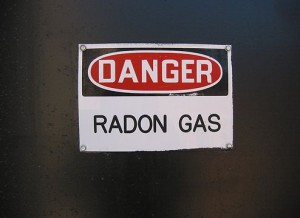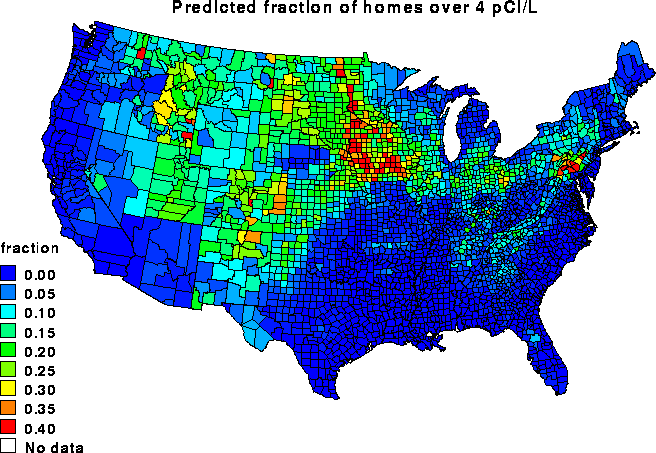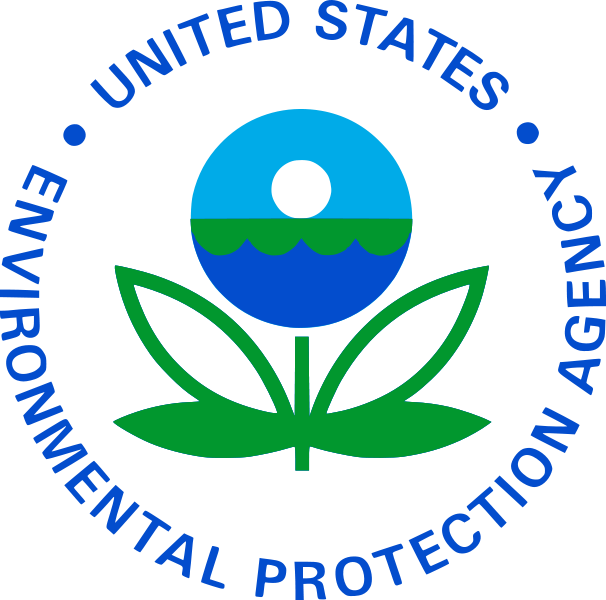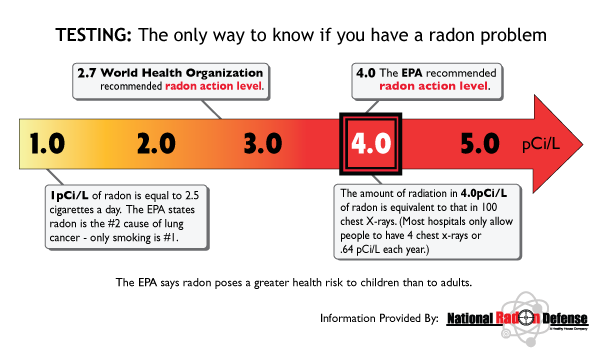What is the Federal Radon Action Plan Scorecard?
Since 2011, the federal government has been implementing the Federal Radon Action Plan (FRAP). In February 2016, they posted a Scorecard to report on the status of radon testing and radon mitigation activities implemented under FRAP. The scorecard records commitments based on their final status, green for complete and red for incomplete.
It also discusses the six commitments that will be continued under the National Radon Action Plan (NRAP), which took over the FRAP plan after 2016. The three green-marked commitments will either be expanded to include new strategies or simply continued and tracked. The three red-marked commitments will be addressed under current NRAP programs.
Six Commitments Tracked by FRAP
Following are the six commitments defined by FRAP and a brief discussion of their progress.
- Testing tribal residences and schools for radon and educating Tribes of radon risk –The Bureau of Indian Affairs, has done radon testing on about 30% of approximately 3500 residences and 500 schools for the presence of radon. The remaining 70% are expected to be completed by 2020 and will be tracked and reported.
- Deducting radon testing and mitigation costs with the Health Care Savings Accounts (HSAs) – Because radon can have significant health-related effects, the IRS is currently working with the EPA to determine which expenses related to radon reduction can be deducted as medical expenses.
- Providing a radon mitigation cost set-aside through the VA’s Home Loan Guarantee Program – Although the VA has considered this action, it has determined that it is not feasible under current budget limitations. It will continue to prioritize work with guidelines for new construction programs and Minimum Property Requirements (MRP), which will be tracked and reported.
- Testing for radon in HUD public and assisted housing – While HUD currently lacks funding to perform radon tests as a part of its inspections of public and assisted housing, it is committed make this a standard part of the inspection process and will continue to explore its feasibility under NRAP.
- Creating a website to Increasing overall public awareness of radon in homes – Currently the EPA, HUD, USDA and HHS are collaborating on a website that works with existing campaigns to increase public awareness of the prevalence of radon and known health risks of radon in homes. The launch date of this website is as yet not determined.
- Engaging with the philanthropic organizations to promote public awareness of radon – The EPA, HUD and USDA is working to develop public-private partnerships to support programs to increase public awareness and reduce the presence and risks of radon in homes. So far efforts have been largely unsuccessful.
For further radon information from government agencies and programs, contact Ameriserv Radon Mitigation’s link page.
 Our Response to COVID-19
Our Response to COVID-19 


 As of February 2016 the Scorecard has been posted with the final results. The majority of their goals were completed. Each of these goals will help reduce radon levels in America and decrease future issues. The end goal is to completely erase radon gas levels, and the EPA is working furiously towards that goal.
As of February 2016 the Scorecard has been posted with the final results. The majority of their goals were completed. Each of these goals will help reduce radon levels in America and decrease future issues. The end goal is to completely erase radon gas levels, and the EPA is working furiously towards that goal.
